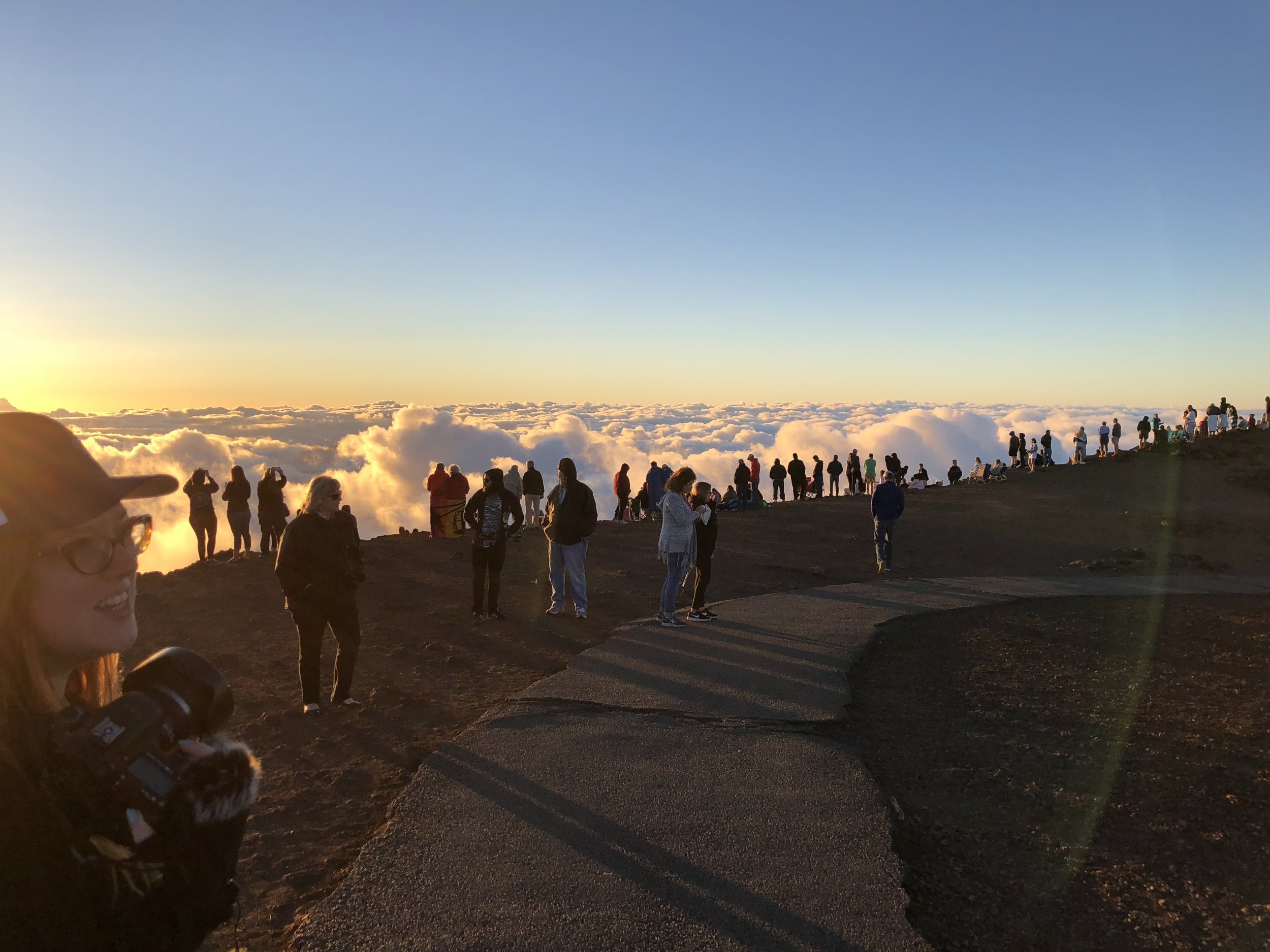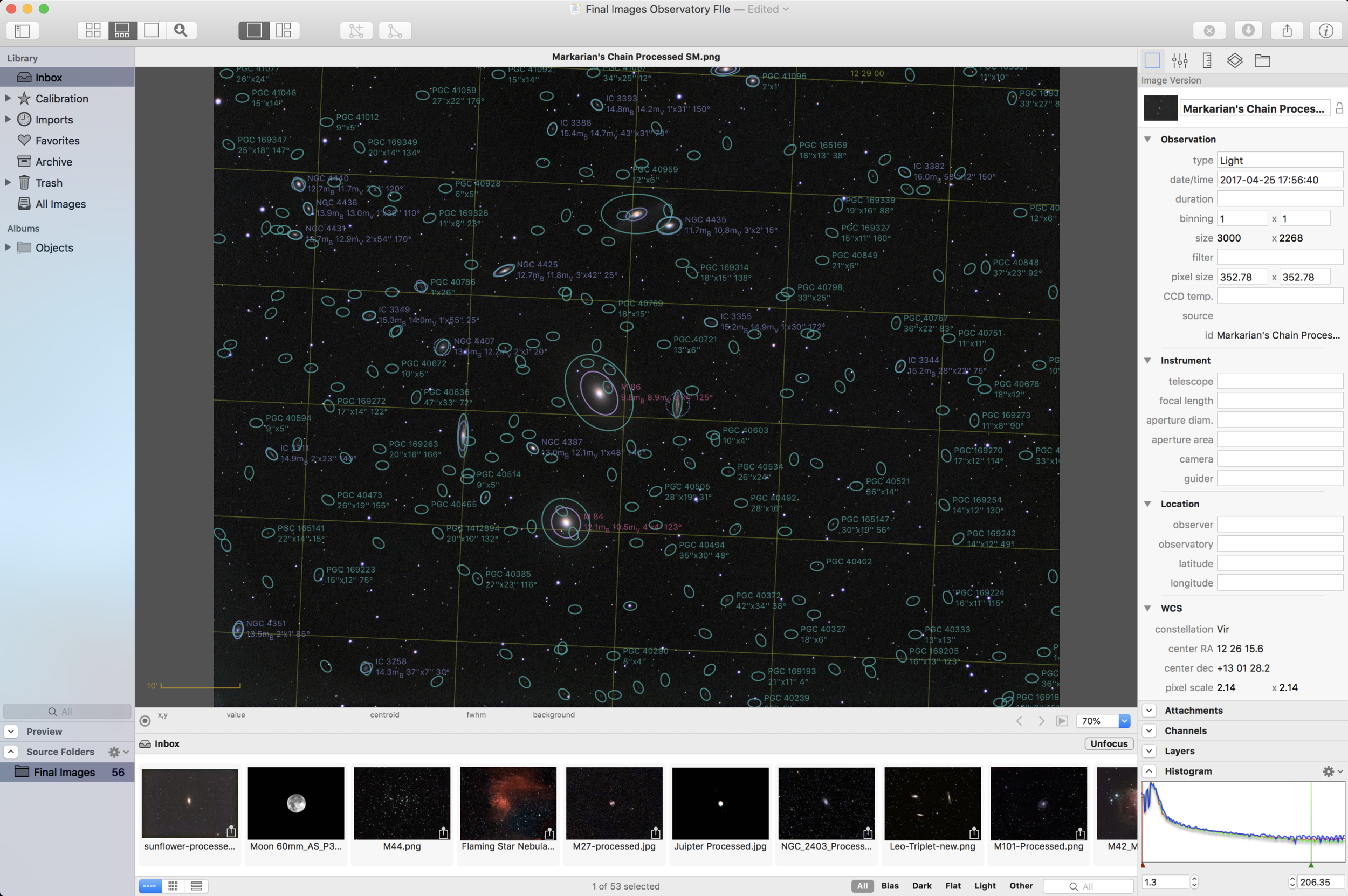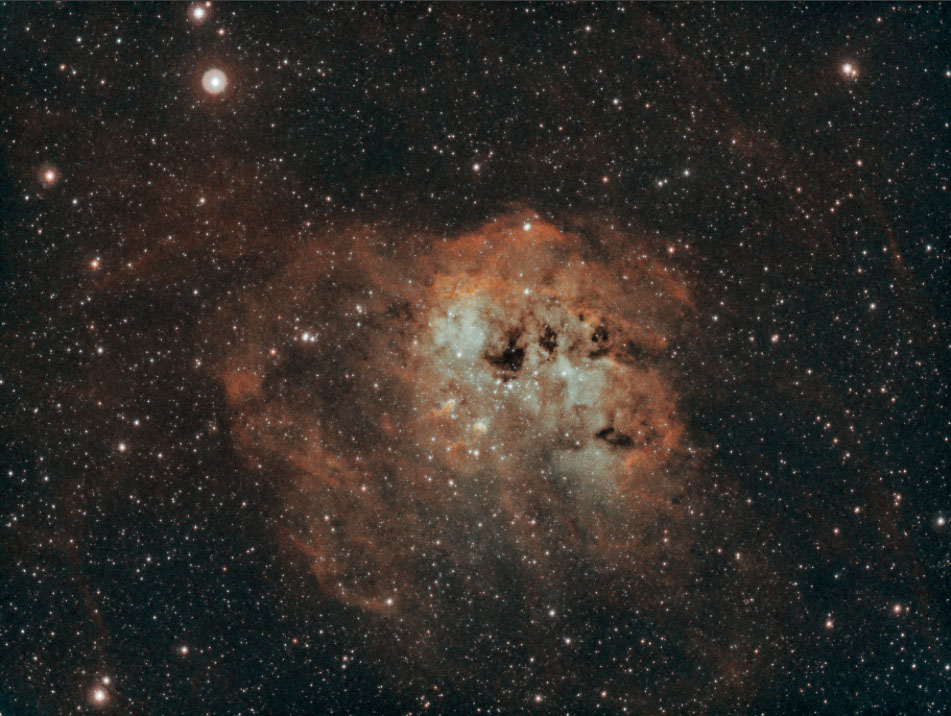Here she is. The 2017 iMac Pro, and my new astrophotography processing workstation. I've just moved up from a 2013 Mac Pro. The new setup includes two Dell P2715Q 27" 4k monitors along with the iMac's 5k 27" monitor. The iMac consists of an 3.2GHz 8-core Intel Xeon W CPU with 32GB RAM. Performance wise, it's about 2x as fast as my previous 6-core Mac Pro. It's connect to both a 6TB and an 8TB RAID storage solution. The 6TB is backup currently, and the 8TB stores all my data and work files.
I'm currently running Astro Pixel Processor on the left display for calibration and integration of captured images. I'm running PixInsight on the middle monitor for processing the integrated images, and I have PhotoShop running on the right hand monitor for last minute color touch up.
This setup might seem like overkill, and it probably is. It's primary use is as my home business graphic design and video system.
Pictured in the setup from left to right is the Dell P2715Q 4k Monitor below that is some Sennheiser HD 650 headphones, a Blu-ray disk drive, the Schiit Audio Asgard headphone AMP and PreAMP. Then the 2017 iMac Pro base model, a 1TB portable G-Drive for transferring images off my 13" 2015 MacBook Pro capturing laptop. A Sphero Star Wars BB-8 robot, World of Warcraft mouse pad, the other Dell P2715Q, and an XBOX 360 controller for games.
Above the monitors is a Mission Chart from when I worked at NASA. It features the mission and communications route for the Shuttle flight STS 51-G. Hanging to the left is a flowchart showing the history of Apple hardware up to the 2013 Mac Pro.




































